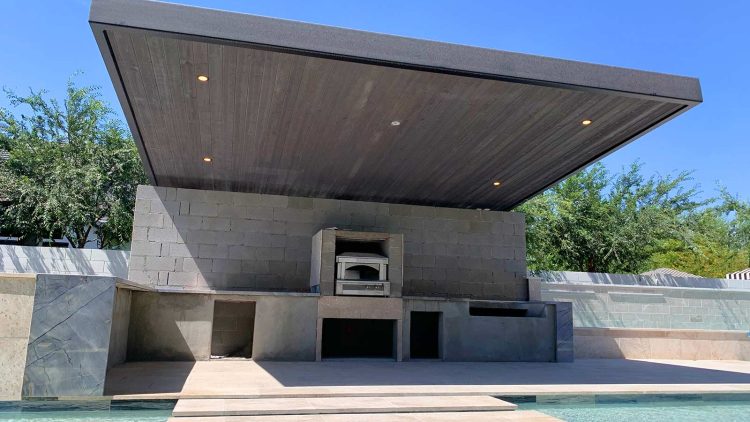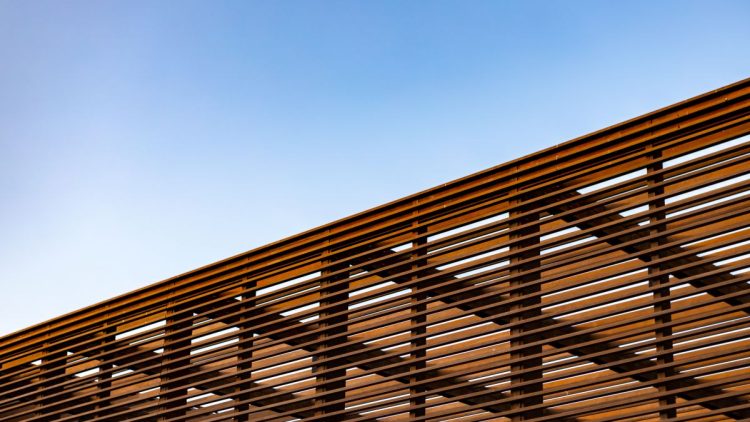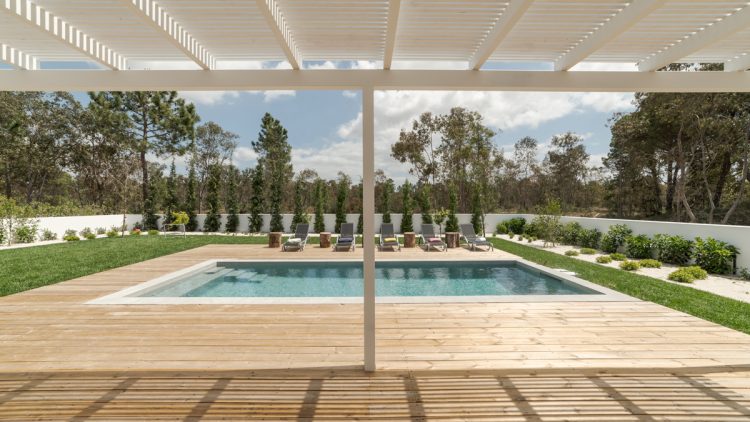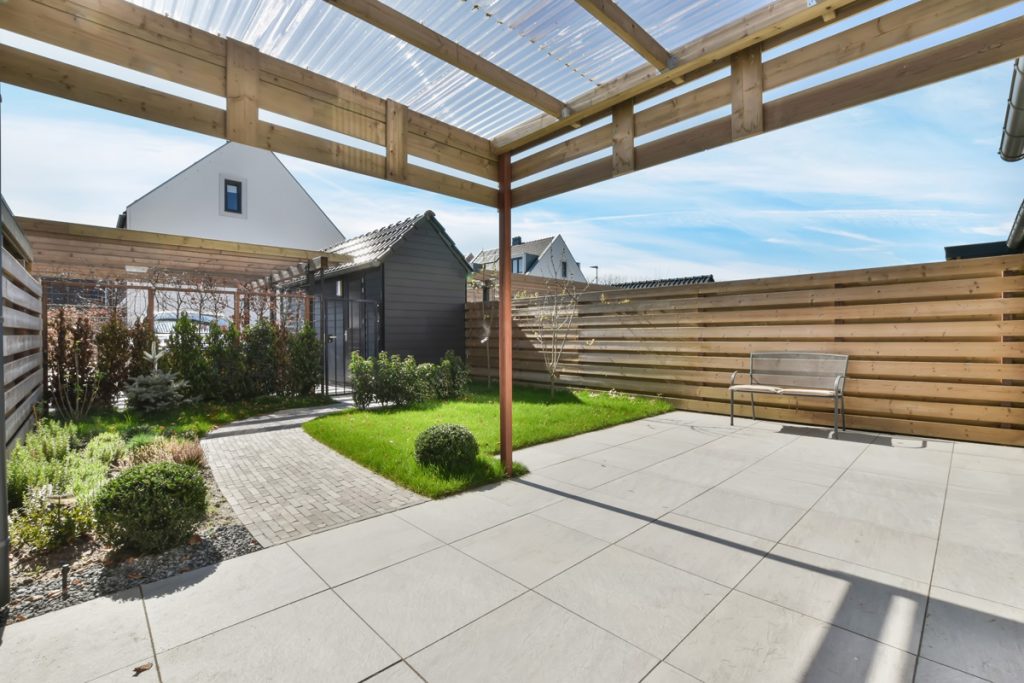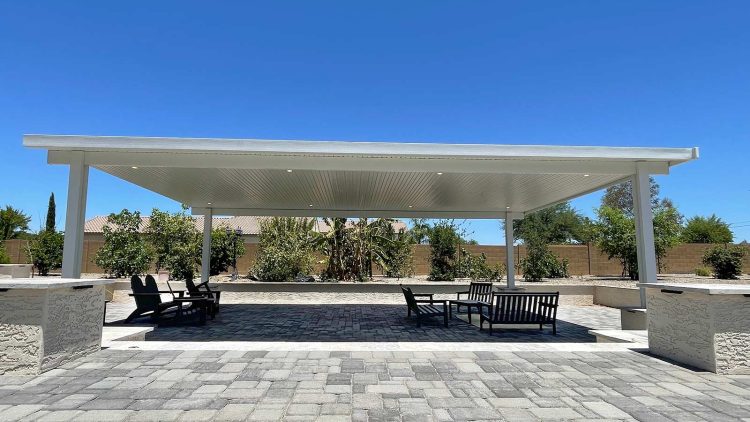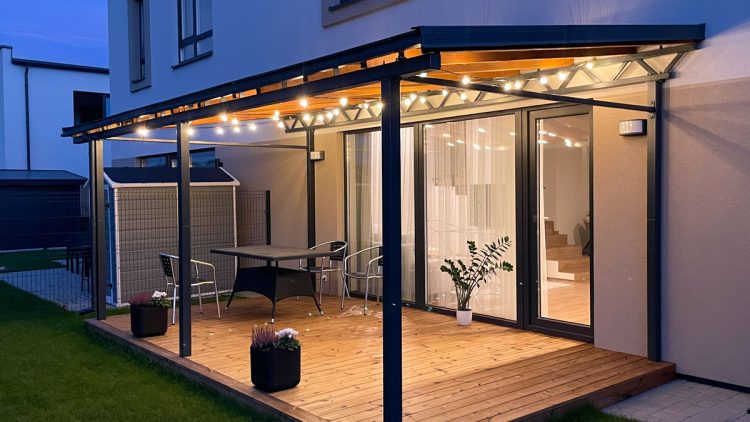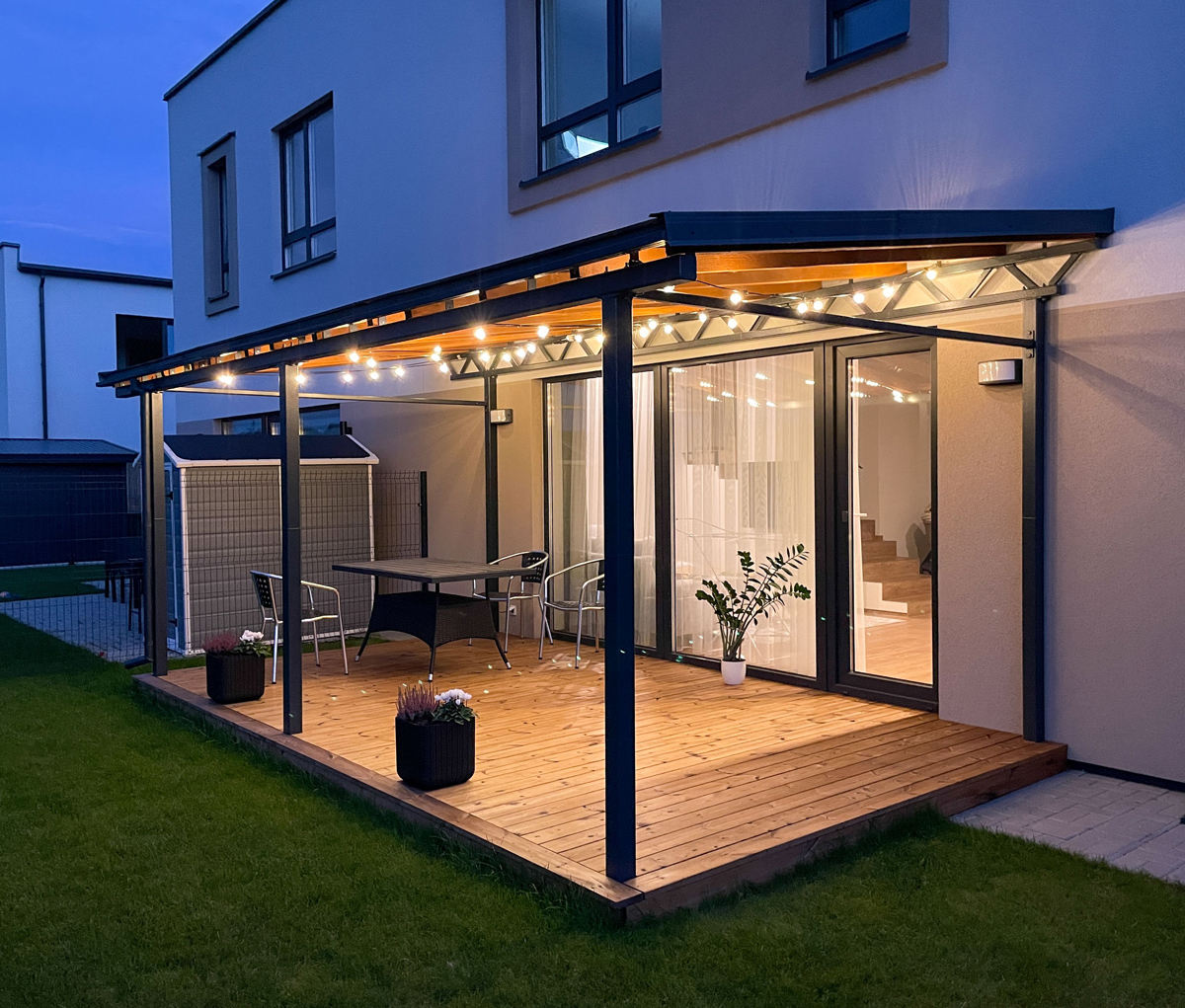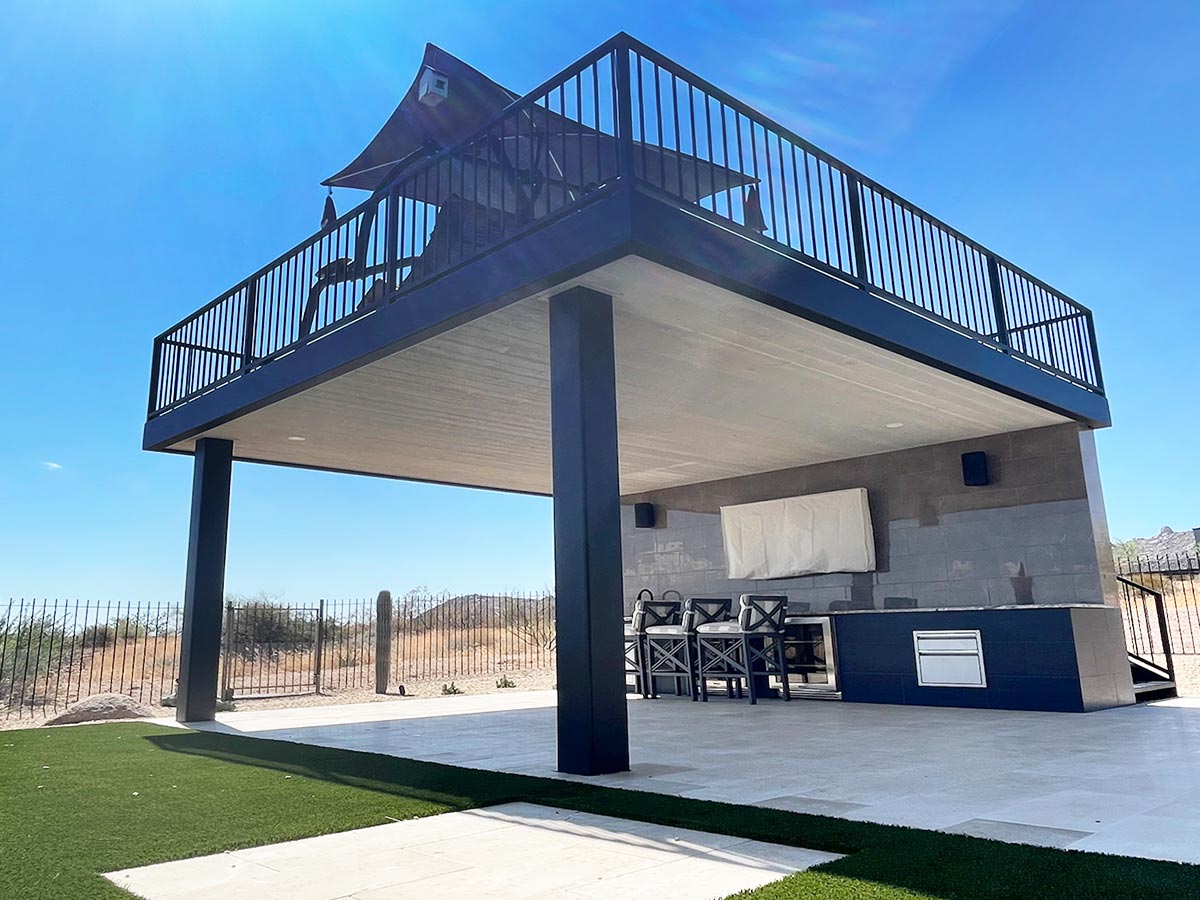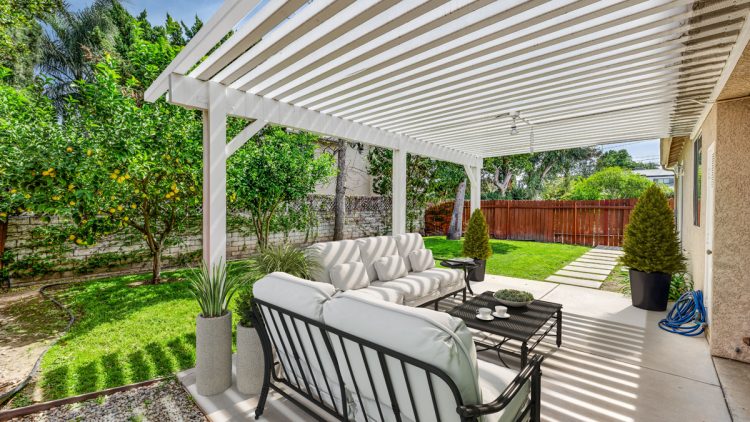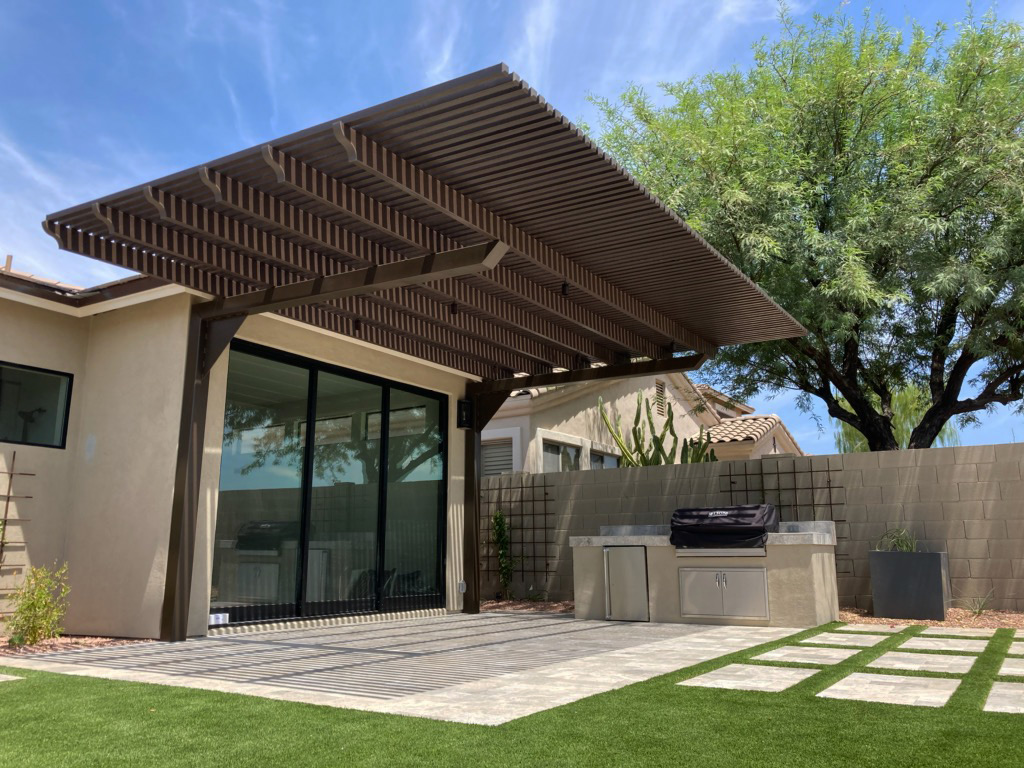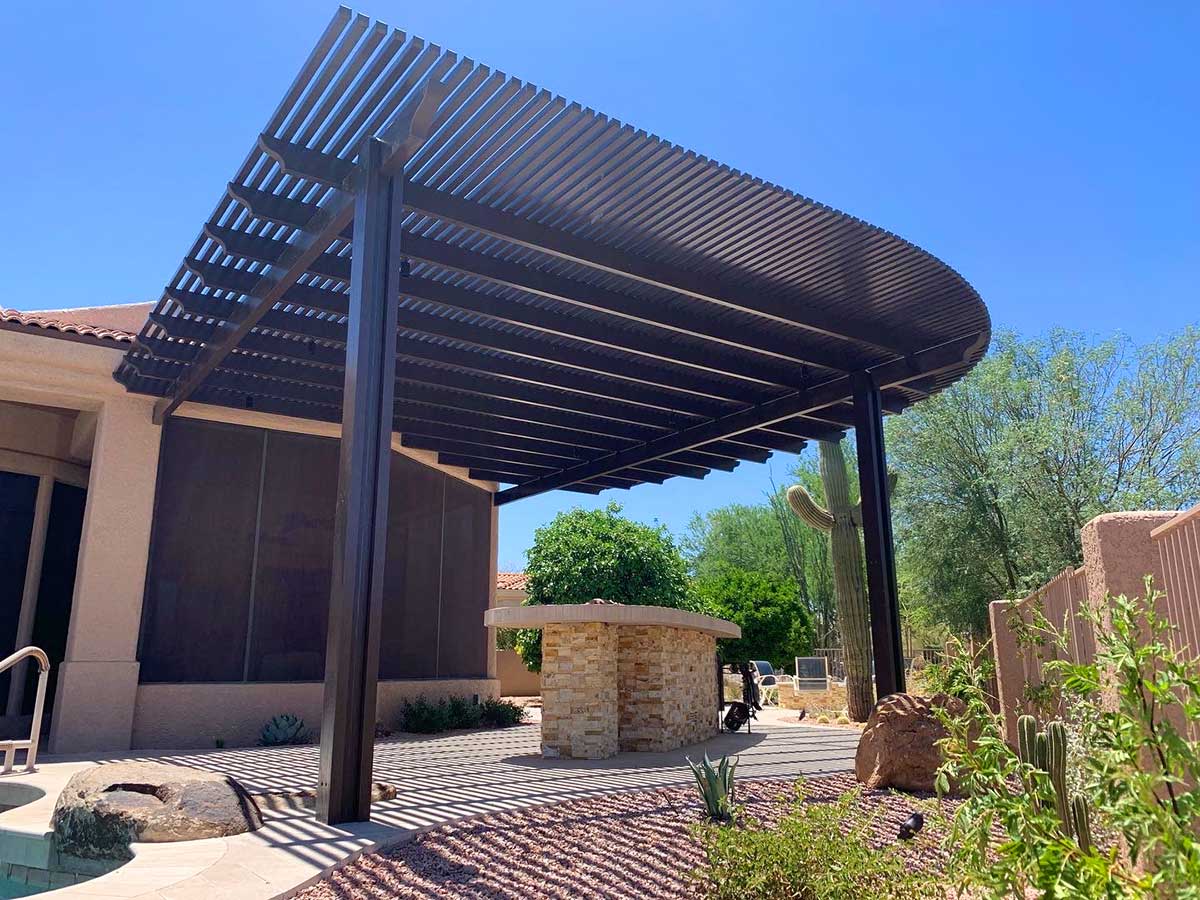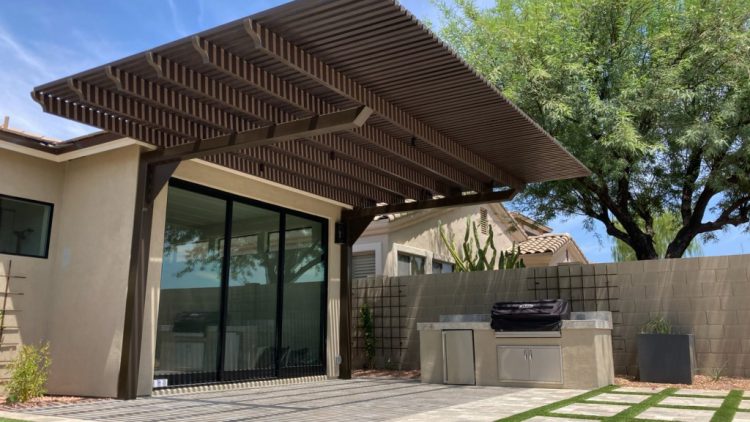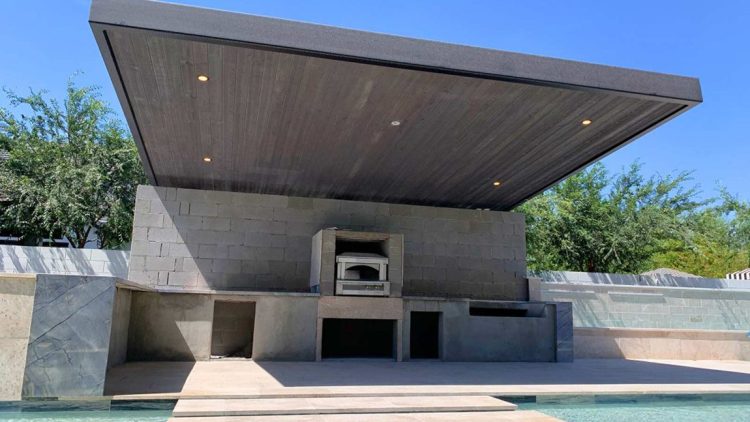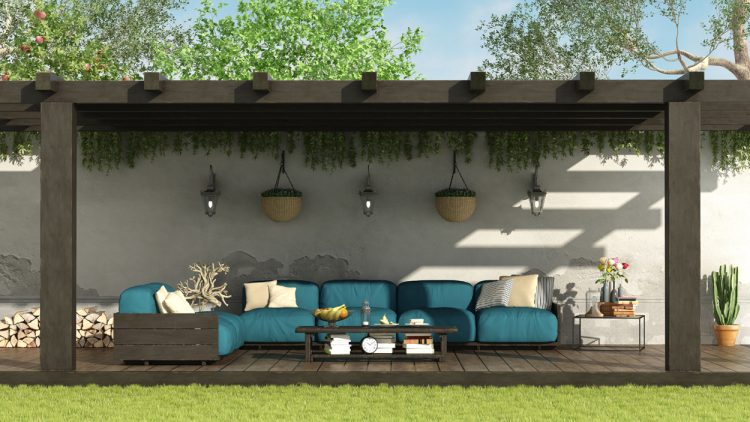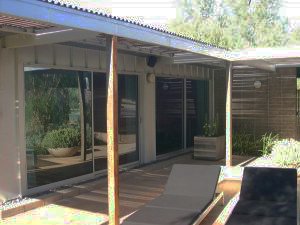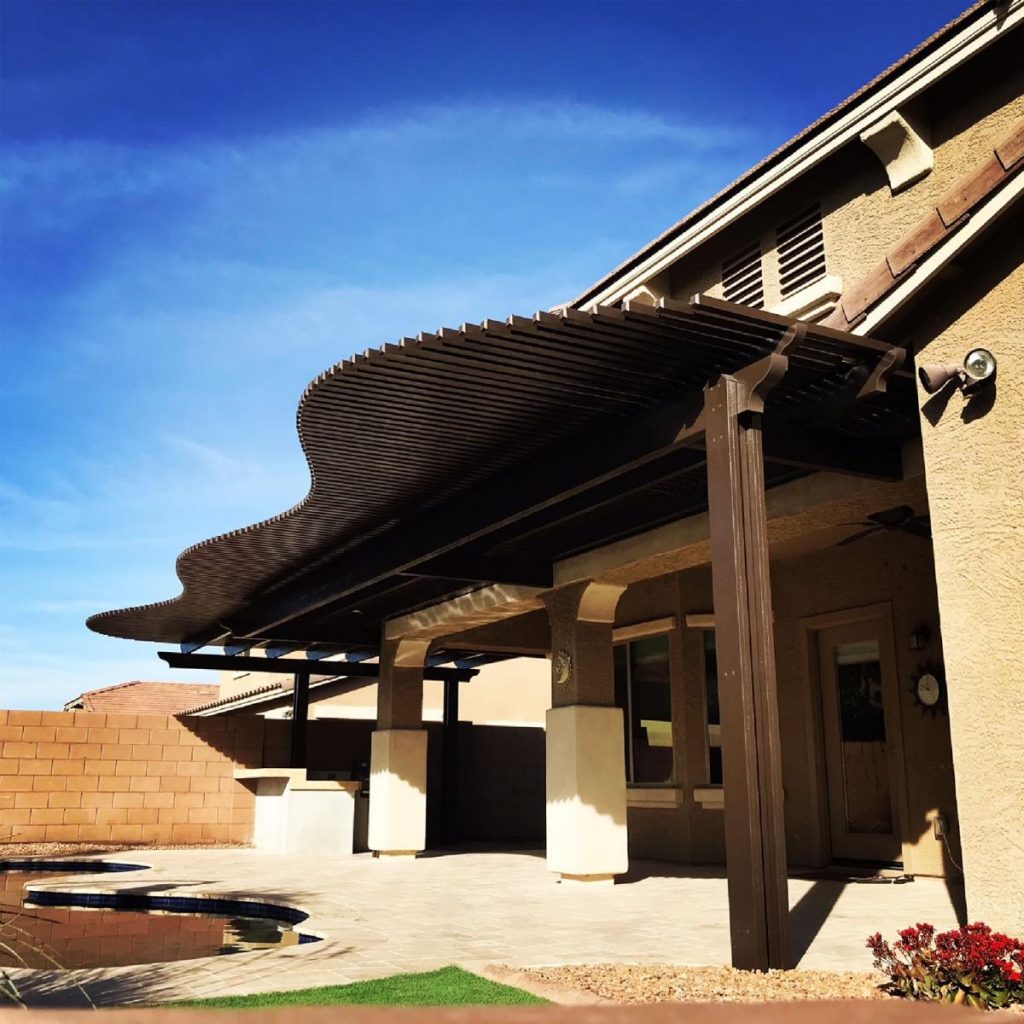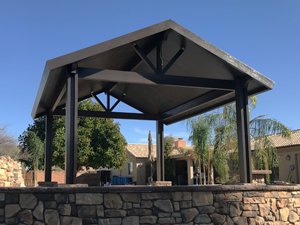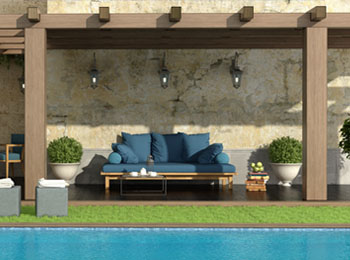What Is A Cantilever Patio Cover?
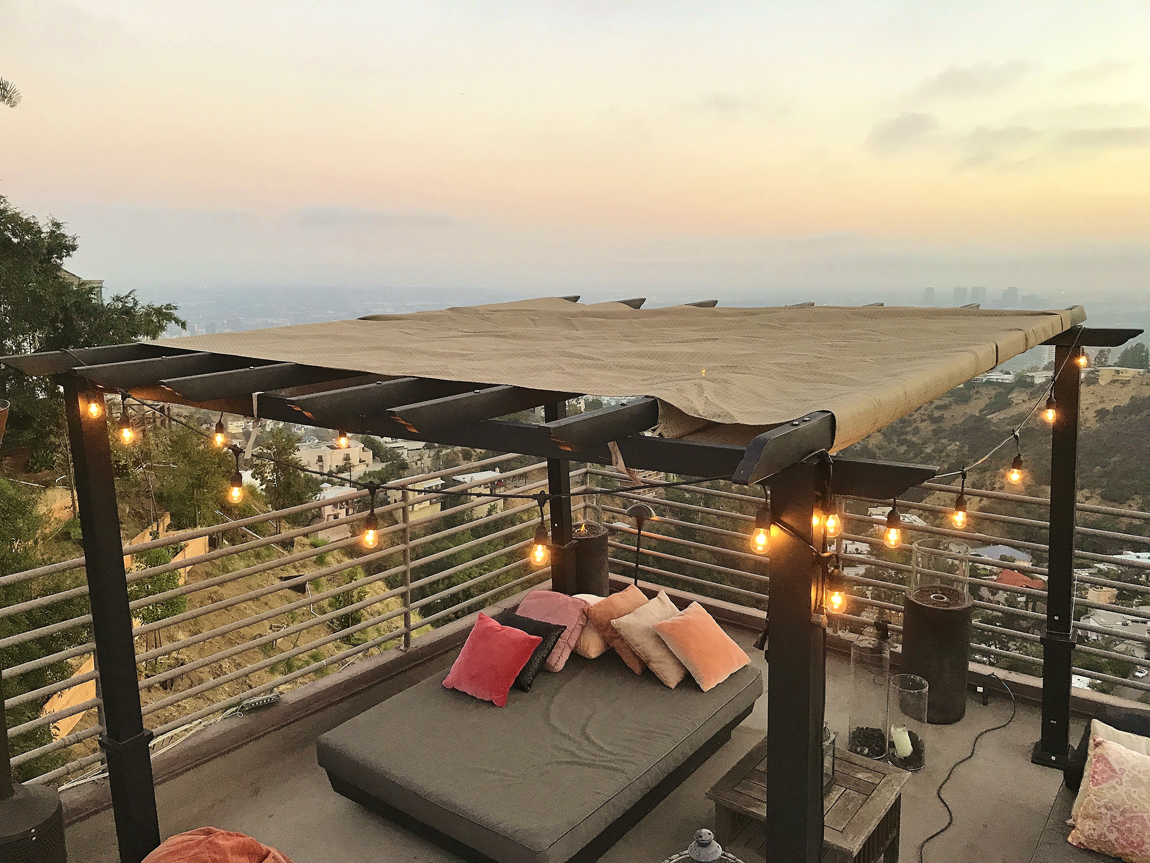
More people want to spend time outside and want their outdoor areas to look good and work well. The cantilever patio cover is one of the coolest and most useful choices. With these covers, you don’t need big posts that get in the way to get shade.
Modern outdoor living loves cantilever covers because they leave a lot of room and are made of strong materials. It also makes it easy to move around furniture and paths. They make the area cleaner and more open by reducing the number of parts that touch the ground. That is what makes them different from older styles that are heavy on posts.
More Space to Move
When you build a cantilever patio cover, you put in a strong support system off to the side. There are no posts in the middle of the space, so you have more room to move. This style works great on patios that aren’t very big or in tight areas. Things feel more open because of it.
Looks Modern
The way cantilever covers look is a big reason why people choose them. Stylish homes of today will look good with these covers because they have clean lines. The modern style goes well with both brand-new houses and older homes that have been updated. Instead of just being a useful extra, the cover becomes part of the design.
Made to be Strong
A cantilever cover is strong, even though it has fewer legs and they are spread out to the side. Because they’re made to spread weight out, they don’t need many supports. Items are usually made of metal or have been treated in a special way to be able to stand up to all kinds of weather. They are just as strong as any other kind of building when they are built right.
Simple to Keep Up
When it comes to care and maintenance, cantilever covers also get top marks. Many of them are made of aluminum or metals that have been cleaned so they don’t rust or fade. You don’t have to worry about paint chipping, wood rot, or fixing it every so often. This benefit of low upkeep is something that homeowners really value. It means you can enjoy the room more and work on it less.
Making Better Use of Space
Most of the time, traditional outdoor covers make it hard to move around or put down furniture. There is less room in a room when they have posts up. This problem can be solved by cantilever designs, which keep the supports out of the way. It also lets you make more artistic layouts and makes the yard easier to get around in.
There are many good reasons why cantilever patio covers are a better choice. The way they’re made lets more light in while still giving you the safety you need. They are different from other choices because they give you more freedom to use your space and put less restrictions on it. Cantilever covers are a long-lasting and smart investment for homes who want to improve their patios.
JLC Offers Patio Cover Installation In Phoenix, Arizona
If your thinking about installing a patio cover in Arizona, let JLC assist! JLC offers installation of wood, alumawood, aluminum and lattice patio covers and pergolas for homeowners in Phoenix, Gilbert, Glendale, Mesa and other areas in Arizona.

